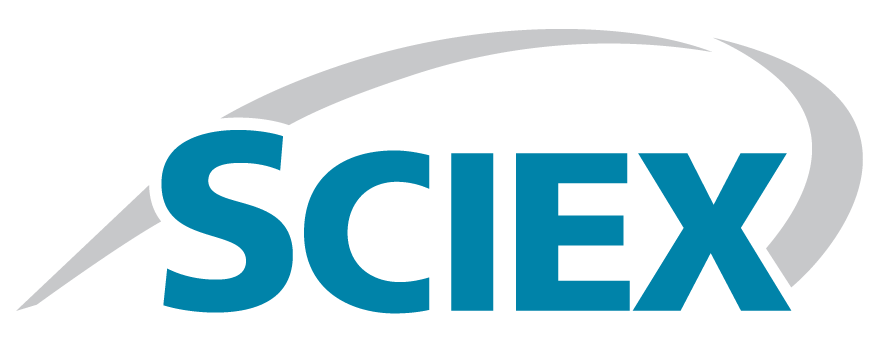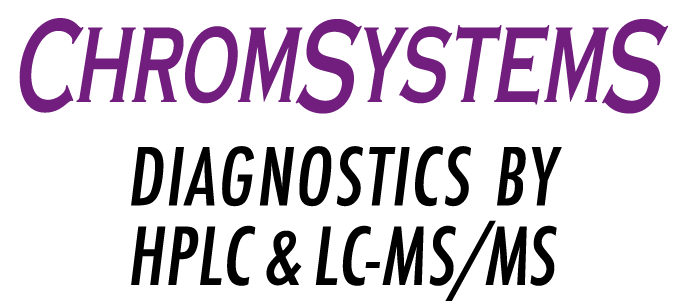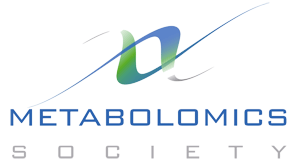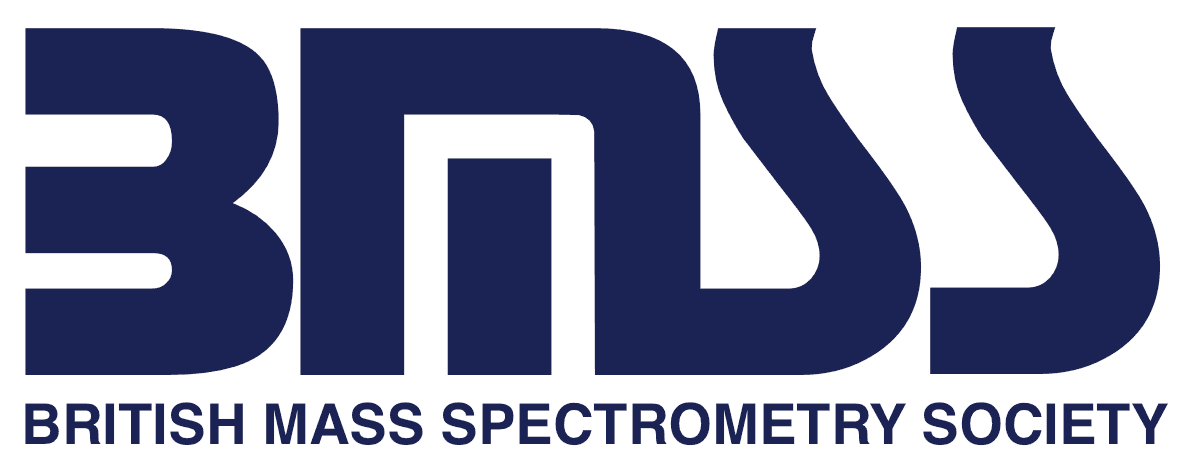MSACL 2017 EUSalzburg, Austria September 10-14 |
Details
MSACL EU
|
Plenary Lecture Series
 | >> Tuesday 14:00 @ Europa Hall Quantification of Proteins in Complex Biological Samples by LC-MS Rainer Bischoff University of Groningen The quantification of proteins in complex biological samples is central to many areas of research, as well as to industrial and clinical applications. Especially the clinical chemistry laboratory uses quantitative protein assays on a daily basis to assist in medical decision making, for example, in defining the best therapy for a given disease or in disease diagnosis. While quantitative protein assays have relied and rely to a major part on ligand binding assays (LBAs) and in particular on immunoassays, we experience the advent of liquid chromatography – mass spectrometry (LC-MS) assays as an alternative or complement to LBAs. In this lecture I will delineate the advantages and shortcomings of LBAs and LC-MS assays with the goal of showing that there is no single approach that can answer all questions. I will notably address the point that proteins do not exist as single molecular entities in vivo and that we must therefore refer to proteins as families. |
 | >> Wednesday 9:00 @ Europa Hall Smaller, Better, Faster Metabolic Phenotyping Using LC-MS and LC-IMS-MS Ian Wilson Imperial College London For the discovery of biomarkers via MS and LC/MS-based metabolic phenotyping (metabotyping) studies employing untargeted metabonomic/metabolomic methods there is always a tension between maximising throughput and obtaining the most comprehensive metabolic profiles possible. In particular, rapid profiling methods can suffer from ion suppression, leading to analytes being missed, whilst “deep” profiling is time consuming. The introduction of ultra (high) performance LC provided a significant improvement in efficiency and enabled many more metabolites to be detected per unit time compared to conventional HPLC. This presentation will explore further advances resulting from the use of miniaturisation and the combination of U(H)PLC-MS with ion mobility spectrometry (IMS) to enhance the efficiency of metabotyping for both rapid and comprehensive profiling approaches. |
 | >> Wednesday 12:00 @ Europa Hall Distinguished Contribution Awardee Laser-based Mass Spectrometry in Clinics: Changing the Paradigm of Molecular Diagnosis Isabelle Fournier Laboratoire PRISM U1192, INSERM By bridging surface analysis with access to biomolecules of various molecular weight and polarity including higher molecular weight polar compounds such as proteins, Matrix Assisted Laser Desorption Ionization (MALDI) reseals a unique ability for clinical applications. This was clearly demonstrated by the introduction and development of MALDI MS Imaging (MALDI MSI) which after 15 years has now acquired its letters of nobility. Indeed deploying dedicated strategy MALDI MSI can be used to image the distribution of both endogenous and endogenous molecules within biological tissues to access a vast variety of applications in the field of basic sciences as well as clinics. In clinics, MALDI MSI starts to be employed as a molecular histology tool allowing to perform retrospective and prospective studies on patient’s cohorts for biomarkers hunting, as a new diagnosis and prognosis tool as well as for patient’s classification or stratification in the objective to get personalized medicine. However, such laser based technology can also be translated to the in-vivo context for developing MS as a tool for guided surgery in the surgery room. |
 | >> Thursday 14:15 @ Mozart Hall Prospects of Apolipoprotein Profiling for Precision Cardiovascular Diagnostics Christa Cobbaert Department of Clinical Chemistry and Laboratory Medicine, Leiden University Medical Centre, Leiden, the Netherlands Lipid abnormalities account for more than 60% of the population attributable risk for myocardial infarction and are the most important single target for prevention, together with smoking cessation and blood pressure lowering. Although statin therapy is the cornerstone of dyslipidemia management, LDLc lowering with statins reduces major coronary events by only one quarter, with 75% of events still occurring. Dyslipidemic patients remain at high Residual vascular Risk despite treatment for high LDLc in accordance with current standards of care. Atherogenic dyslipidemia is a key factor associated with Residual vascular Risk. So far, atherogenic dyslipidemia is largely under-diagnosed and under-treated in clinical practice as only overall lipid classes are measured rather than detailed molecular entities with specific functionalities. Comprehensive protein biomarkers are needed to obtain a better understanding of incident cardiovascular disease, but also for improved patient selection for evaluating treatment efficacy and safety. Recent mass spectrometry advances enable deep apolipoprotein proteomics to uncover mechanisms of coronary disease risk. |















